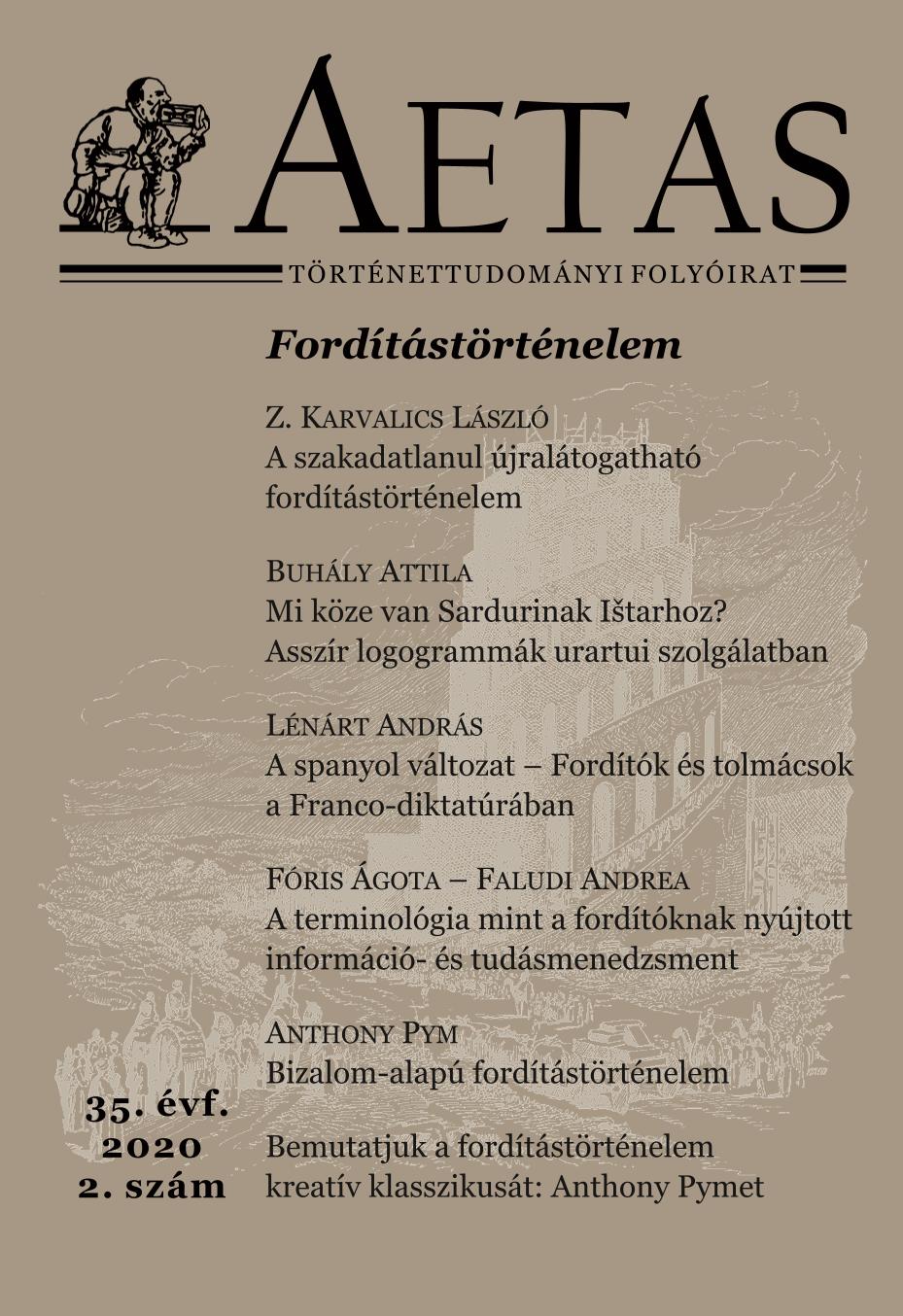Author(s): Vuk R. Samčević / Language(s): Serbian
Issue: 1/2022
History textbooks are always of great importance for every nation state. Both Serbia and Greece, nowadays as well as in the past, have shown great effort in making history text¬books policies fit for their needs. Greece is a state that emphasises greatly on its instruction of humanities and has a strict and uniformed school program, while Serbia has more than one state approved textbook unlike Greece. That being said, the early Middle Ages are a period of European history that is essential for the foundation of contemporary nations, and the immigration of Slavs to the Byzantine Balkans and their principal affairs bring up many questions that have been concerning the two since the XIX century. How Slav the Greeks became and how much do the Balkan Slavs owe to the Byzantine Civilisation? In an attempt to answer that question through the perspective of present-day history textbooks in Greece and Serbia (used in elementary, middle and high school), the article deals with the narratives of the textbooks in regard to how they depict Byzantium and Slavs, their first encounters, the settlement of Slavs in the Balkans and their integration with the Byzantines, as well as the first few centuries of common history during which the Slavs were baptised and founded their own states, up until the XI century when Byzantium took possession almost of the whole peninsula. The research showed that even though the content of the textbooks is similar, some themes are treated differently. Firstly, both acknowledge the Greek aspect of Byzantium and view it as predominantly Greek, although the Greek textbooks take monopoly on the Greek element of Byzantium, neglecting other ethnicities or communities that had lived there as well, which is mentioned greatly in the Serbian ones. Serbian textbooks depict Slavs in a finer manner than the Greek ones do, even though they often both use the same Byzantine sources. Their focus is different, whereas Serbian textbooks focus on the beginning of Serbian history, the Greek textbooks cover the complex process of assimilation of Slavs in continental Greece. Even though both sides claim great importance to the mission of Cyril and Methodius, the Greek books insist on its Byzantine role and portray the result being strong ties between Greeks and Slavs, where the Serbian ones see it as a more inner Slavic matter. In Serbian textbooks Serbian and Byzantine history is very important, but there is no place for Bulgarian history of the same period in such an extent, which is what we see in Greek textbooks at the expense of Serbian history being almost absent. The nature of the Bulgarian empires and the affairs of the Orthodox Church are of a great significance for the Greek textbooks, and for that reason they are omitting some problematic parts of the past in their common history, unlike Serbian ones that have no problem in mentioning dark anecdotes and times of unrest between two peoples. In the end, while we may see some biased language and even negative attitudes towards the other side, the relations between the Slavs and the Byzantines are permanently described as vivid and the Orthodox Slavs are seen as a part of the Byzantine world.
More...











